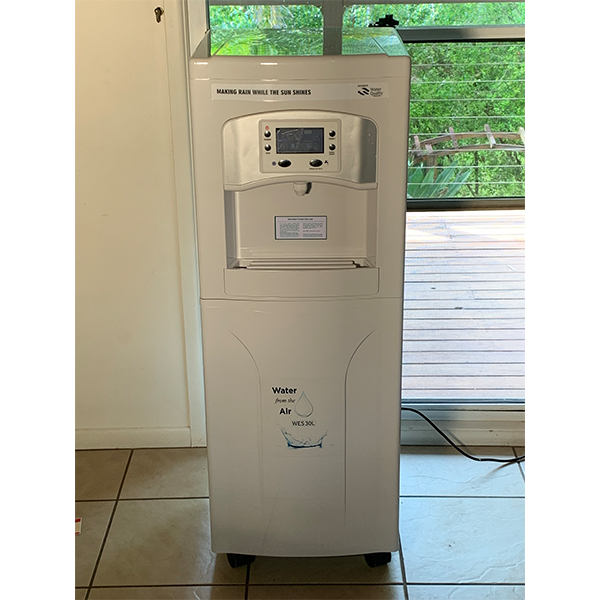Embrace the Solution: Your Water Maker in the Face of Global Water Scarcity
In 2019, WES sounded the alarm about imminent “water wars” that were on the horizon, sparking concerns that we’re drawing ever closer to a catastrophic water crisis. The link provided below sheds light on these looming challenges: Link to Source: The Coming Water Wars
As we delve into the insights shared by NDTV, it becomes increasingly clear that we’re inching toward a critical juncture. The water scarcity conundrum presents a complex puzzle with not one, but numerous solutions. The urgency of the situation is dawning upon more and more people, driving the pursuit of alternatives to secure drinking water. The result? A surge in companies entering the industry, aiming to provide a lifeline in this crisis. However, it’s important to discern fact from exaggeration. While some newcomers make grandiose claims, it’s crucial to tread carefully and avoid falling for misleading information that can tarnish the reputation of this vital technology.
The challenges are real, but so are the solutions. In some regions, accessing water from the air might seem implausible, and in others, it might not be cost-effective or feasible. The triumvirate of low humidity, low temperature, and high altitude stands as the technology’s three formidable foes.
Water scarcity is no longer a distant issue – it’s a global concern that’s impacting regions worldwide. The factors contributing to this crisis are numerous: population growth, urbanization, industrialization, climate change, and inefficient water management practices. The repercussions are far-reaching, affecting society and the environment at large.
According to the latest data from the World Resources Institute’s Aqueduct Water Risk Atlas, a pressing water emergency looms large on the global stage. A staggering 25 nations, encompassing a quarter of the world’s population, are currently grappling with alarmingly elevated levels of annual water stress. But the crisis doesn’t stop there. Approximately 50% of the world’s population – that’s 4 billion individuals – experience water stress for at least one month each year. Shockingly, this figure could climb to nearly 60% by 2050.
The figures speak volumes: by 2050, a whopping $70 trillion in GDP, equivalent to 31% of global GDP, will be exposed to high water stress. This is a significant leap from the $15 trillion (24% of global GDP) reported in 2010. The economic implications are undeniable, with countries like India, Mexico, Egypt, and Turkey slated to bear the brunt of this crisis.
The report also spotlights 25 nations, a quarter of the world’s population, that undergo severe water stress annually. Notably, regions like Bahrain, Cyprus, Kuwait, Lebanon, and Oman face the most dire impacts. Even a brief drought could push these areas to the brink of water scarcity.
The regions facing the highest water stress are predominantly in the Middle East and North Africa, where a staggering 83% of the population grapples with extreme water stress. Similarly, South Asia isn’t far behind, with a significant 74% of its population exposed to such conditions.
Samantha Kuzma, Aqueduct data lead from WRI’s water program and a report author, aptly puts it, “Water is arguably our most important resource on the planet, and yet we’re not managing it in a way that reflects that.” The pressing need for a change in approach is undeniable.
Amidst these challenges, a beacon of hope emerges – your very own water maker. A solution that transcends geographical limitations, humidity levels, and altitudes. Imagine having the power to secure your water source, irrespective of external circumstances. This isn’t just a product; it’s a lifeline. As the world grapples with water scarcity, you can take charge of your water destiny with cutting-edge technology that doesn’t just offer a solution, but a future.
Author: Wallie Iverson.

